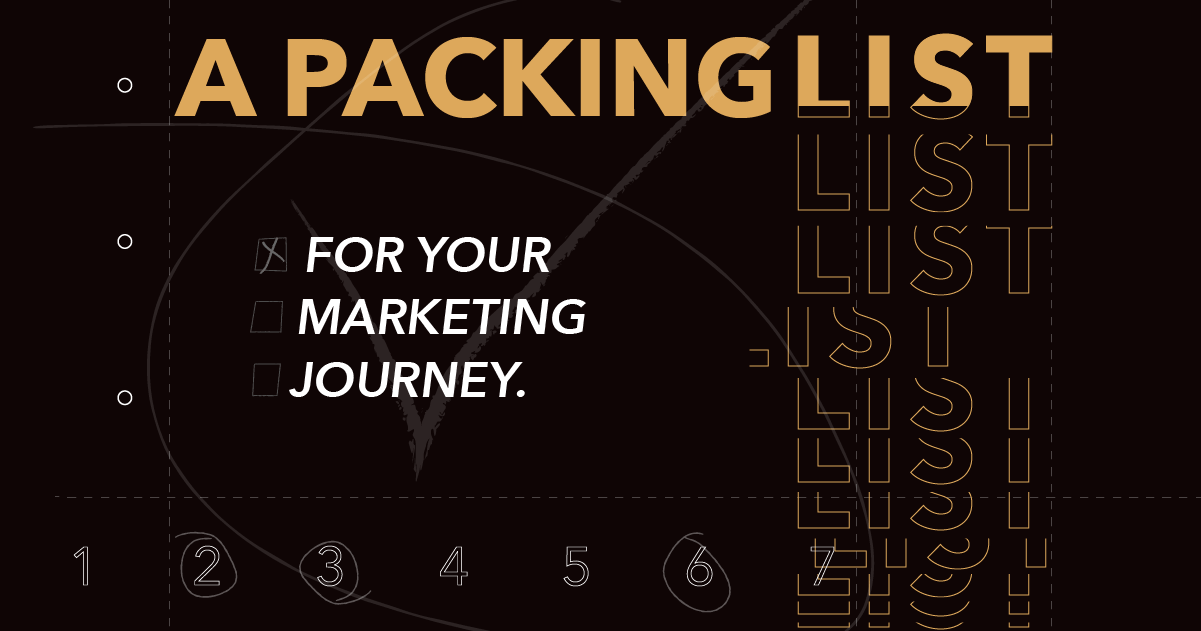
Developing a brand is a lot of work. Your brand not only consists of the logo and color palette but also the intangible feelings people have when interacting with it. Here is the tricky part—none of your hard work matters if the consumer’s perceptions don’t match your plan.
So how do you make sure consumers truly understand your brand?
A potential customer starts the learning process from their very first interaction. Whether it is a visit to your website from a google search, a billboard they see when driving to work, or an Instagram post their friend shared, they begin to collect information about your brand. If any touchpoint does not align with what they’ve gathered already, the understanding and trust they have in your brand begin to erode.
Touchpoints can generally be grouped into three categories: before, during and after purchase. Examples in each category are:
- Before Purchase: digital or traditional advertisements, social media presence, website
- During Purchase: e-commerce experience, in-store signage
- After Purchase: purchase follow-up, customer service engagement
Think about one of your favorite brands. For me, Target comes to mind. Regardless of where I am in my customer journey, each element and touchpoint of their brand is consistent and helps to build trust and familiarity.

Questions to ask yourself when creating a potential touchpoint:
- Are brand elements like my logo represented correctly?
- Does this align with the look and feel of my brand?
- Does the messaging match my brand’s voice and tone?
- Are the mission and values of my brand aligned with this content?
Remember, no interaction is too small to influence the understanding consumers have. Whether it’s something as big as your website or as small as a post-purchase customer service email, together, these combine to build the brand your consumers perceive.


